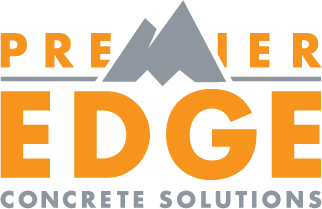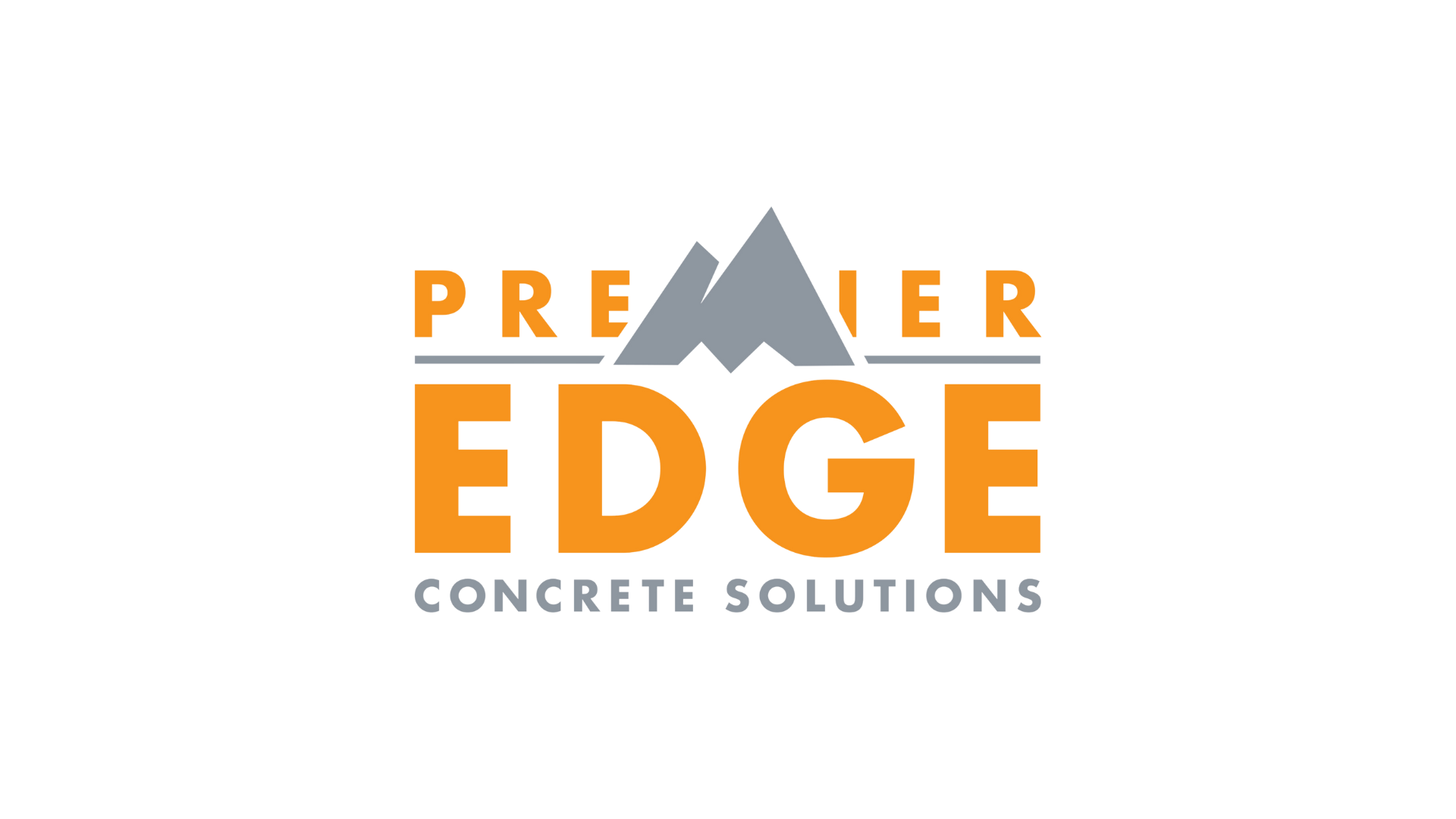Concrete sealers protect against deterioration, cracking, pitting, and staining. They are available with a variety of finishes that enhance the look of your concrete and offer protection while standing up to chemicals like deicing salts, oils, and greases.
Penetrating sealers are low-viscosity materials that penetrate concrete surfaces, leaving very little measurable film on the surface. These types of products also don’t change slip resistance, so they are a good choice for walkways or patios. This is a fantastic article to read.
Protection
Penetrating sealers (also known as impregnating sealers) protect concrete by blocking the pores of the surface. This dramatically reduces the ability of the concrete to absorb organic materials like dirt, water, and salt while still allowing the surface to breathe. This type of protection helps to prevent damage, stains, and efflorescence caused by freeze-thaw cycles, traffic, and deicing chemicals as well as oil and petroleum-based spills.
These sealers can be either water or solvent-based and are applied to the concrete surface via low-pressure spray. They are low-viscosity material that does not form a film on the surface and leaves very little measurable residue.
Acrylic resins provide good UV protection and are popular choices for decorative concrete surfaces because of their cost and ease of application. They offer some chemical resistance but not as much as a penetrating or impregnating sealer. When selecting an acrylic resin it is important to look for a product that has been ASTM tested.
Durability
Concrete is known for its durability, but even this robust material is not impervious to wear and tear. Salt from ice melt and deicing products, lawn chemicals, pool chemicals, car traffic, and heavy equipment can all erode or damage concrete. Sealers protect against these elements and prolong the life of your concrete surfaces.
The most durable sealers are epoxy and urethane-based products. These are typically referred to as “durable concrete coatings” and provide the best protection from abrasions, chemical exposure, heavy traffic, machinery and equipment, and extreme weather.
Other highly effective concrete sealers include silicon-based materials that are hydrophobic – meaning they repel water and cause droplets to bead up instead of absorbing into the surface. These products include silanes, siloxanes, and silicates. These sealers react with the silica in concrete to fill pores and form new concrete bonds that essentially block, rather than fill, the capillaries within the concrete. This process is also known as densification.
Appearance
Sealing your concrete will offer protection from moisture, dirt, and chemicals that can damage the surface. However, it will not fix existing chips, spalling, or surface damage. This is why it is important to clean your concrete before sealing it.
Some penetrating sealers, also known as impregnating, soak into the surface of the concrete and create a repellent barrier that does not change the appearance. They are the best solution for those who want the protective benefits of a sealer but do not want their concrete to look darker.
Acrylic sealers are a good choice for exposed aggregate and colored stamped concrete. They are easy to apply and provide a high sheen, and color enhancer that is great for protecting against chlorides and water. It is important to note that acrylic sealers can be prone to whitening, bubbling, and blotchiness if applied to new or wet concrete. These issues can be resolved by utilizing a solvent like Xylene to re-solvent the area and then reapplying a light coat of sealer.
Maintenance
A properly applied concrete sealer, either a penetrative one that penetrates the pores or a film-forming sealer that enhances and coats the surface of the concrete, will help keep your concrete looking clean all year round. This helps protect against deterioration from weather damage, staining, and wear.
Maintenance on a sealed surface is much easier than maintaining unsealed concrete. For example, heavy rainfall will wash away dirt rather than allowing it to soak into the concrete where it can leave behind permanent stains. It is also much easier to scrub away oil, gas, or grease stains on a concrete surface that has been sealed.
For existing concrete, a mechanical abrasion method such as blast cleaning may be used to roughen the surface and increase slip resistance before the sealer is applied. Almost all sealers contain volatile organic compounds (VOCs), which evaporate at room temperature. When working with VOCs, it is best to work in a well-ventilated area and use a mask. Next blog post.


